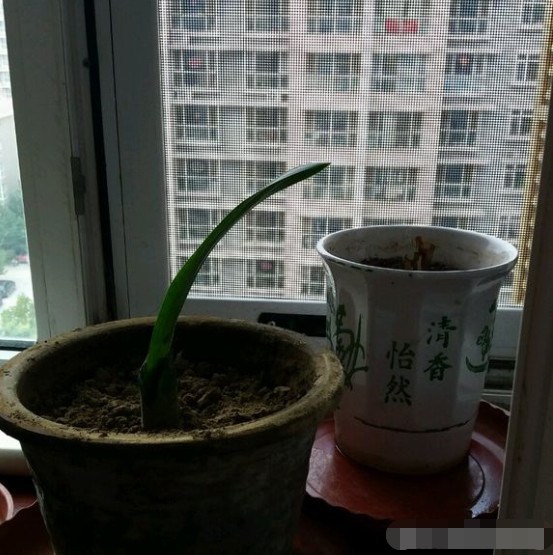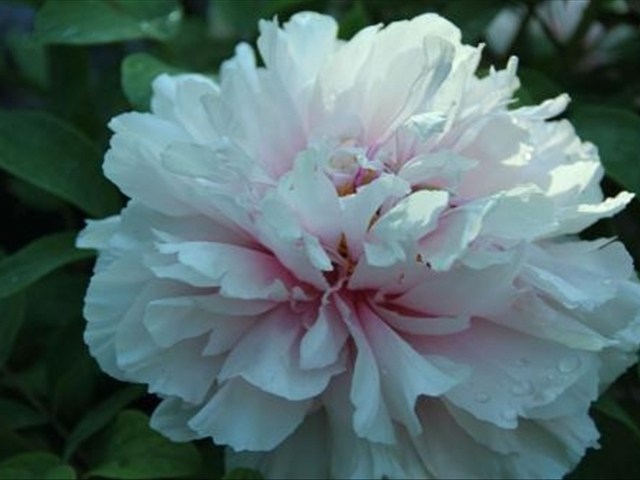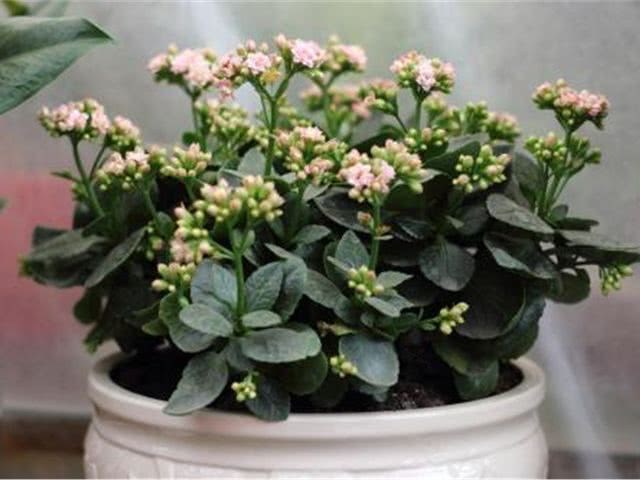If you persist, you can win. The gentleman orchid is very hard to feed to death.

If you persist, you can win. Gentleman orchids are very leather and solid, and it is difficult to raise them to death.
For three years, I have been working hard, and thanks to my orchid, I still have a leaf, during which I have changed the soil more than a dozen times (pine needles, rotten leaves have not been used), and finally the rotten root has been bothering me. This time I changed the pure garden soil, and there was a little hope. There was a leaf, but there were signs of rot in the bulb, there was still a chance, and I could toss it twice. I hope this orchid is the last orchid that I practiced and died, and there is also some peanut skin. Bark, stone, nutritious soil, continue to change after work, as long as Lan's life continues, I have to try my best to save, the gods do not laugh, I think this is the experience.
Friends who raise orchids all know that arrows in orchids are very ugly, and once arrows are caught in orchids, they are likely to be caught every year, so we have to prevent this from happening. And beer watering flowers can be a good way to prevent gentleman orchid from catching arrows!
Avoid the sun in summer, or it will burn the leaves; then avoid rain and spray in autumn, otherwise the plant will have rotten roots and heart. If the leaves are rotten, you can cut them off, but if you want to check whether the root of the orchid is rotten, you can gently pry open the soil near the root with a piece of wood until you see the root. If the roots are black and rotten, take the whole plant out of the basin and wash it with clean water.
Fertilization for Magnolia is divided into stages, and it is not a formula to go all over the world, that is impossible. First, after flowering, if Cymbidium does not leave seed, first give Cymbidium a multi-element plus potash fertilizer to supplement the nutrients consumed by flowering. Everyone knows that flowering and fruiting is the most nutrient-consuming. If it is not replenished after flowering, or if the soil contains too little nutrients, the leaves will become thinner and thinner. Soft.
- Prev

The leaves of peonies always turn yellow. This can be done to solve the problem of yellowing.
Original title: the leaves of peonies always turn yellow. We can do this to solve the problem of yellowing. Abstract: when we keep plants at home, there will always be yellowing of leaves, which will affect our beauty.
- Next

When longevity flowers lose their leaves and do not blossom, we can pay attention to these problems.
Original title: when longevity flowers lose their leaves and do not blossom, we can pay attention to these problems. Abstract: when we cultivate longevity flowers, they always lose their leaves and do not blossom, so at this time we grow.
Related
- Wuhan Hospital Iron Tree Blooming Result Was Instantly Frightened by the Gardener Master
- Which variety of camellia is the most fragrant and best? Which one do you like best?
- What is the small blue coat, the breeding methods and matters needing attention of the succulent plant
- Dormancy time and maintenance management of succulent plants during dormancy
- Minas succulent how to raise, Minas succulent plant pictures
- What are the varieties of winter succulent plants
- How to raise succulent plants in twelve rolls? let's take a look at some experience of breeding twelve rolls.
- Attention should be paid to water control for succulent plants during dormant period (winter and summer)
- Watering experience of twelve rolls of succulent plants
- Techniques for fertilizing succulent plants. An article will let you know how to fertilize succulent plants.

